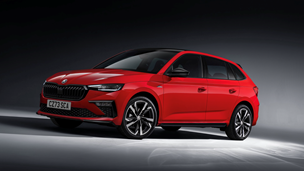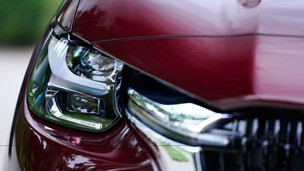After three months, we’ve said our final goodbyes to our little EcoSport long-termer as it’s off back to Ford. So, what’s the final verdict?
You can read what we thought about how the car drives and what it’s like in terms of practicality by clicking on the links, but perhaps the best way to measure the EcoSport’s merits and weaknesses is to compare it to rivals.
So, we’ve done just that. Read about how the Ford EcoSport stacks up against the competition below.
Standard equipment vs rivals
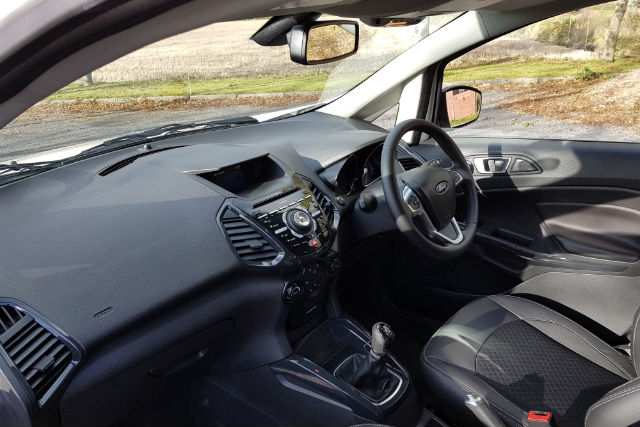
Standard equipment for the EcoSport is decent, if not exceptional. All models get LED daytime running lights and air conditioning, along with electric windows, Bluetooth and USB connectivity, plus a CD player.
That’s not too bad, though given that the car is based on the outgoing Fiesta it lacks the more upmarket materials and finish of many rivals, while all models feature a rather dinky central display screen and a dash plastered in buttons.
Rivals like the Renault Captur and Mazda CX-3 feel much plusher for not much more money and also feature more equipment as standard, including upgraded stereo systems and sleek touchscreen infotainment systems.
The EcoSport’s higher trim levels, Titanium and Titanium S add more equipment like part-leather upholstery, automatic lights and wipers plus extra styling and sportier suspension for the Titanium S. Again, however, a great many of its rivals have it beaten in terms of equipment, fit and finish and value for money.
For what you get, the higher you go up the trim levels, the less the EcoSport starts to make economic sense. You’ll also have to pay extra for any colour other than the fairly polarising standard yellow, so it’s worth factoring that in as well.
Space and practicality vs rivals
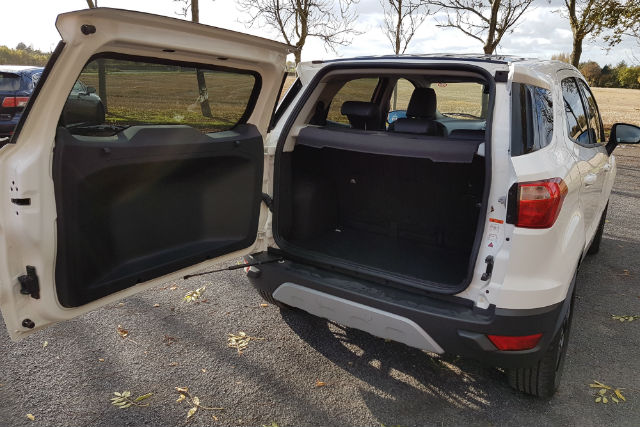
As we’ve said before, the EcoSport is fundamentally a raised version of the ever-popular Fiesta supermini. One of the main reasons buyers would choose the EcoSport over the Fiesta is for its perceived increase in spaciousness and practicality, but how much better is the EcoSport over its progenitor?
Well, the driving position is good and there’s a good view of the road ahead, while there’s also enough space in the front that most drivers and passengers will be able to get comfortable. The car is quite narrow, however, and so broader occupants may find it a bit of a squeeze.
Things aren’t quite as bad in the back and the EcoSport’s tall body means that lankier passengers will be alright, but there are still much better choices on the market if roominess is a concern for you. Take Honda’s HR-V, which pulls off the practically Whovian feat of being as big inside as a Qashqai but still compact on the outside, or the likes of the Peugeot 2008 which is comfortable, stylish and has plenty of room for five inside.
One of the best things about the EcoSport is its large 333-litre boot, which trumps the majority of its rivals in its segment and even much larger cars like the Ford Focus. It’s also well-proportioned and easy to load large and awkwardly-shaped items into.
However, the major drawback with the EcoSport’s boot is that while its load bay is big, the side-hinged rear door is hard to open in tight space, for example a supermarket car park. No other rivals suffer from this design quirk, while many also feature additional useable space like the Vauxhall Mokka’s underfloor storage or the sliding rear seats of the Kia Soul or Renault Captur.
Engines and drive vs rivals
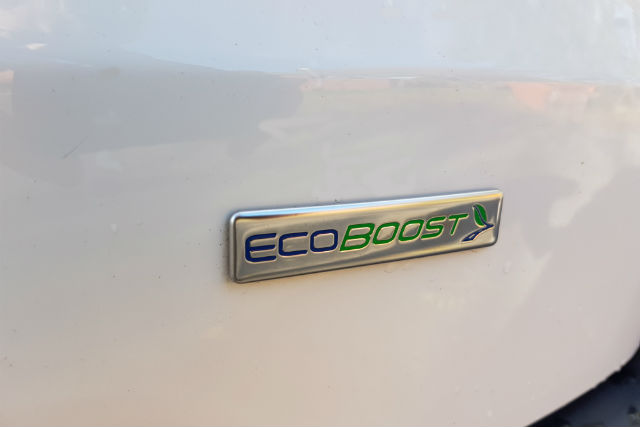
In terms of driveability, the Ford EcoSport is generally as good as these supermini-based crossovers get, but this type of car typically isn’t known for its agility, on-road confidence or driver engagement.
We’ve previously written about how the EcoSport is to drive and you can read our full report on it here, but in summary anybody who hopes that it’ll measure up to the best cars in Ford’s range will likely be disappointed.
If owning a car that’s good to drive is important to you, you’ll likely be much better served by the likes of the Skoda Yeti or Mazda’s fantastic CX-3. Both are quite a bit more expensive than the EcoSport, but make up for the price difference with better interiors, better equipment and a vastly better driving experience.
Many other rivals are also more refined, more comfortable and easier to park in tight spaces thanks to the option of things like parking sensors and reversing cameras; even our range-topping Titanium S model didn’t have these, and visibility out of the back window is poor.
Engine choices include a 110bhp 1.5-litre petrol, a 94bhp 1.5-litre diesel and Ford’s award-winning 1.0-litre petrol EcoBoost engine which is available with either 123bhp or 138bhp in the range-topping Titanium S model.
There’s a decent mix there for buyers to choose from, but none of the engines are particularly impressive. The basic petrol lacks punch, while the EcoBoost engines - which we’ve previously praised in other cars like the Fiesta – feel a little too underpowered to cope with the EcoSport’s heavier weight and also gulp fuel at an unacceptable rate for anyone who uses the car on a regular basis.
The diesel is probably the best all-rounder out of them all with decent efficiency, though like the entry-level petrol it too lacks enough punch to give it proper pace. In comparison, many of the EcoSport’s rivals feature engine options with more power, more torque, better efficiency and often combinations of all three.
Price and running costs vs rivals
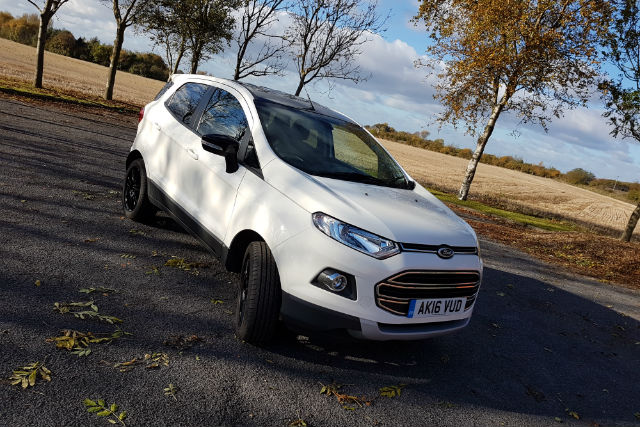
Priced from £15,345 on the road, the EcoSport is a good bit cheaper than much of the competition to buy outright. As well as that, Ford cars tend to hold their value quite well in comparison to rivals, and so the EcoSport makes a good bit of economic sense.
Fuel economy for the diesel will reach the mid-50s in the real world, though in the three months that we had our EcoSport on test we managed to coax a maximum of 34mpg or so from it, far below the claimed 50.4mpg average.
The diesel will also be easier in terms of VED, though given that the car tax rules are due to change in early April this year, that point will be more or less moot for buyers who purchase the car after that date.
Ford’s reliability record is fairly good too, and so the EcoSport shouldn’t be prone to letting you down. For added peace of mind there’s a three-year, 60,000-mile warranty thrown in as standard, though some buyers may be put off by the fact that it scored four stars in Euro NCAP crash tests, while many rivals have received the full five.
Verdict
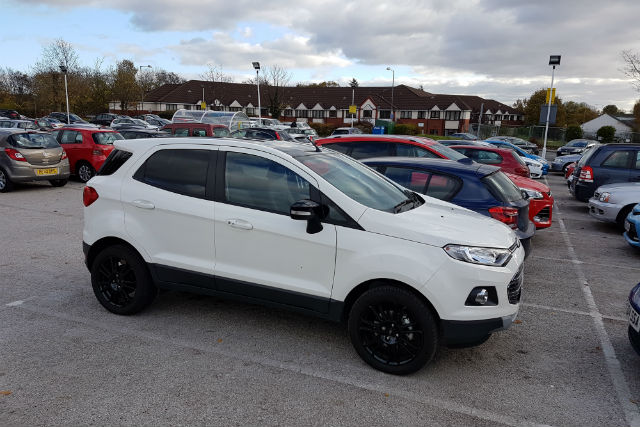
On paper, the EcoSport should have been a winner. Based on the UK’s most popular car ever, boasting extra practicality for consumers with busy lives and built by a company with a reputation for good value, great to drive cars, perhaps all of this just served to reinforce the disappointment when it turned out to be more of a miss than a hit.
It has its good points, of course, but compared against what else is out there on the market at the moment it makes little sense for anyone except diehard Ford fans. Compared to many newer, better equipped, more economical and more stylish rivals, it still feels like an early stab at the supermini-based crossover phenomenon.
Perhaps the next iteration of the EcoSport will evolve and inherit the more grown-up interiors and attitudes of Ford’s newest cars. Or then again, maybe it won’t. Later on this year, a crossover version of the Fiesta, titled the Fiesta Active, is on its way.
Featuring everything the EcoSport claimed to have, including a raised ride height, more practicality and a go-anywhere attitude, perhaps this could be the car that finally delivers on the EcoSport’s promises? After all, that style of car might be much more appealing to UK buyers, while the EcoSport will continue to be sold in the foreign markets it was developed in?
Of course, Ford’s future plans for the car remain to be seen, but for the time being the EcoSport remains an inexpensive and convincingly practical small crossover, but far from the pick of the ever-growing crossover bunch.
